We recently connected with Christopher Paul Stevens and have shared our conversation below.
Christopher Paul, thanks for taking the time to share your stories with us today Earning a full time living from one’s creative career can be incredibly difficult. Have you been able to do so and if so, can you share some of the key parts of your journey and any important advice or lessons that might help creatives who haven’t been able to yet?
I once read that luck was being prepared when an opportunity presents itself. I have been lucky to earn a full-time living from my work but it has not been easy. I quit my full-time corporate job in 2018 to start my own business as a studio artist/fine arts painter. I had some savings in place from recent sales and commissions and I relied on that for a while to cover costs and bills. Then the pandemic hit and everything changed. I knew I had to adapt to this new environment and the only way to connect with people was through social media. I poured myself into understanding how it worked and how I could use it as a tool to promote myself and my work. During this time I was able to connect with new collectors and galleries all over the world. By 2021 I had sold most of my inventory and had works in galleries in Dublin Ireland, Montreal, Portland Oregon, New York and of course here in Atlanta. I was also contacted by Domestika, an online creative skills community, to develop a course teaching my style of painting, photorealism. I know there are going to be challenges along the way. I’m currently dealing with inflation and a possible recession so some luxuries get trimmed back. I still go into the studio, research new galleries and post on social media every day. I do this so that I am prepared when the next opportunity presents itself.
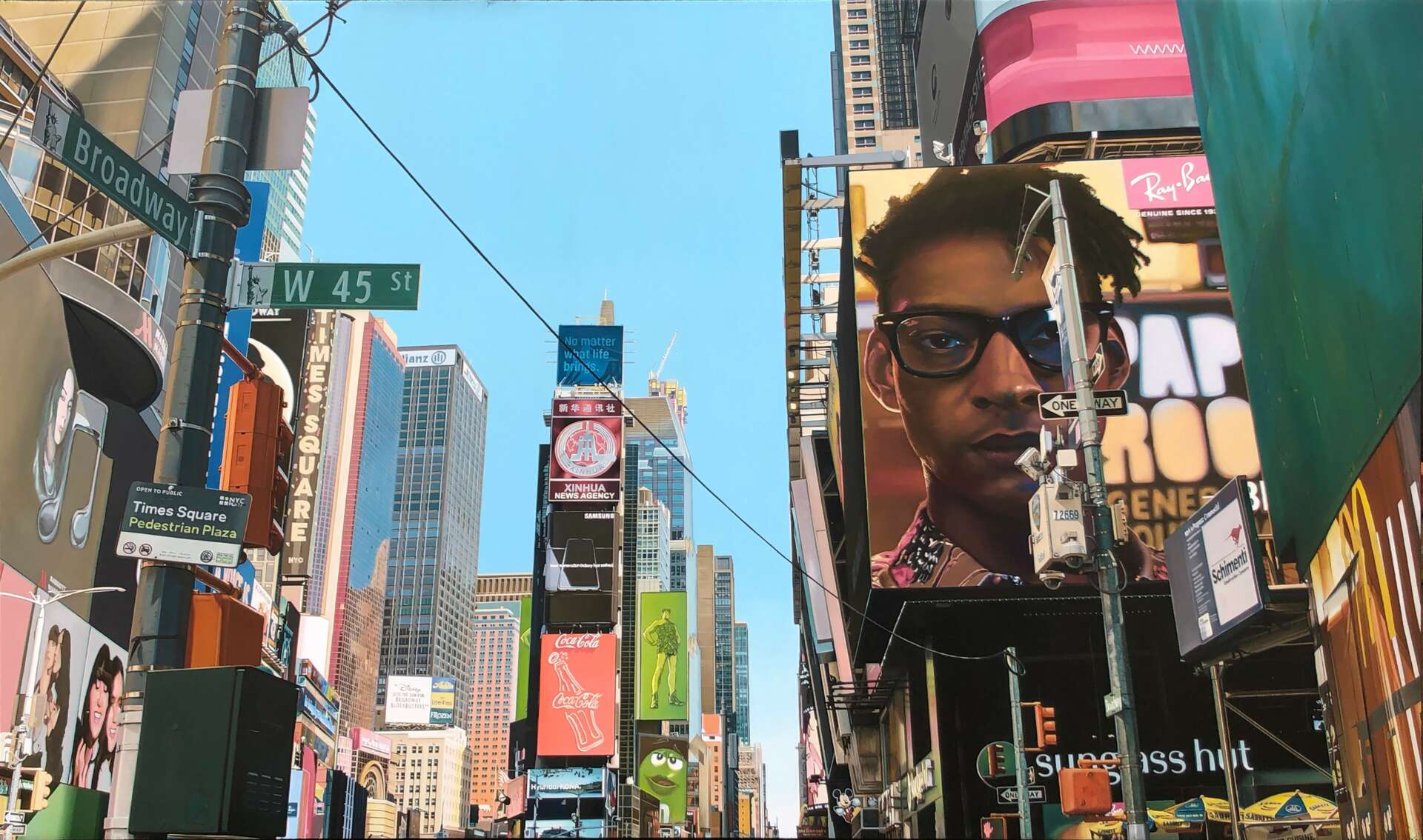

Christopher Paul, before we move on to more of these sorts of questions, can you take some time to bring our readers up to speed on you and what you do?
I started my schooling and career late. I mean I was always drawing and painting. I don’t have a memory where I wasn’t drawing or painting. My Mother used to bring home blank sheets of paper that were going to be thrown out at her place of employment just for me to draw on. She encouraged me time and again to pursue being an artist. I was almost 30 by the time I decided to get serious and go to school for art. I was lucky though. I had the backing of my family. I still remember calling my mom and telling her that I was quitting my job to study painting and she said, “well, it’s about time.” The rest of my family had similar responses.
After the first day of classes, I went to buy supplies and textbooks. That night, while flipping through my art history textbook, I came across Chuck Close’s “Big Self Portrait”. I’d never seen anything like that before and I couldn’t believe it was a painting. That first night was my introduction to photorealism, and I haven’t looked back since.
I got lucky again at school. Since I was older than most of the undergrads, I gravitated towards the graduate students. They were instrumental in pushing me and my work to its highest levels.
After graduation, I worked as a commission painter and eventually went back to school to complete my Master’s in painting. I wish I could say I was a full-time painter during this period but I worked a number of other jobs to make ends meet. I was a cook, I worked in construction and eventually I landed a job as an academic advisor in higher education.
About ten years ago, I moved from Savannah, GA to Atlanta. I still worked as an Advisor in higher education but I began to focus more and more of my spare time on painting. Eventually, nights and weekends were devoted to painting and painting only. After I completed a body of work I began to exhibit in small group shows and was later approached by a gallery in Atlanta and started to show my work exclusively there.
In April of 2018, I decided to quit my job, again, and give all my time and energy to painting. It has been challenging and frightening but ultimately fulfilling; I highly recommend it. Today I show and sell my work in galleries around the world.
The biggest client that I ever worked for was The Mercedes Benz Stadium here in Atlanta, GA. Home to Atlanta United and the Atlanta Falcons. The Stadium Art Collection, curated by the Savannah College of Art and Design, selected 54 artists from over 650 portfolios submitted.
After my encounter with the Chuck Close image in my textbook, I began to research and study similar artists like Richard Estes, Audrey Flack, and Robert Bechtle. In the beginning of my painting career, I was attracted to the challenge of photorealism. I wanted to see if I could recreate a photograph with brush and paint. Eventually, I came to love the medium, the time it took, the meditative process of it. It changed how I saw everything, especially the ordinary or the things we overlook in our day to day lives. I focused mainly on street scenes or buildings; their shape, color and how light and shadow played across the surface. I wanted to make the mundane, monumental.
Today, I’m trying to push photorealism further by isolating images that have, so far, only been created with a camera. Most recently, I completed a series of paintings of double exposures and I am currently still exploring this along with other experimental works. This new work reconsiders the documentation of events and the question of how they can be presented. It is a debate regarding the realm of memory and the realm of experience. It is not a straightforward rendering of reality, it is, “the incessant conjunction between things as they are and things imagined.” ~ Wallace Stevens.
The best advice I can give anyone taking this course is to trust the process and be patient. This work takes time and on top of that, oil paint forces you to slow down. I promise, the hard work pays off in the end.
The most valuable lesson I have learned in my career is that the business side is just as important and requires the same patience and time as that which is devoted to the art. Take the time to apply to galleries. Make those submissions professional. Create a brand that you can share on social media. Put the time in. It is not nearly as fun but it will allow you to continue as a paid professional.
I love what I do for a living and I want to share my passion with as many people as possible.
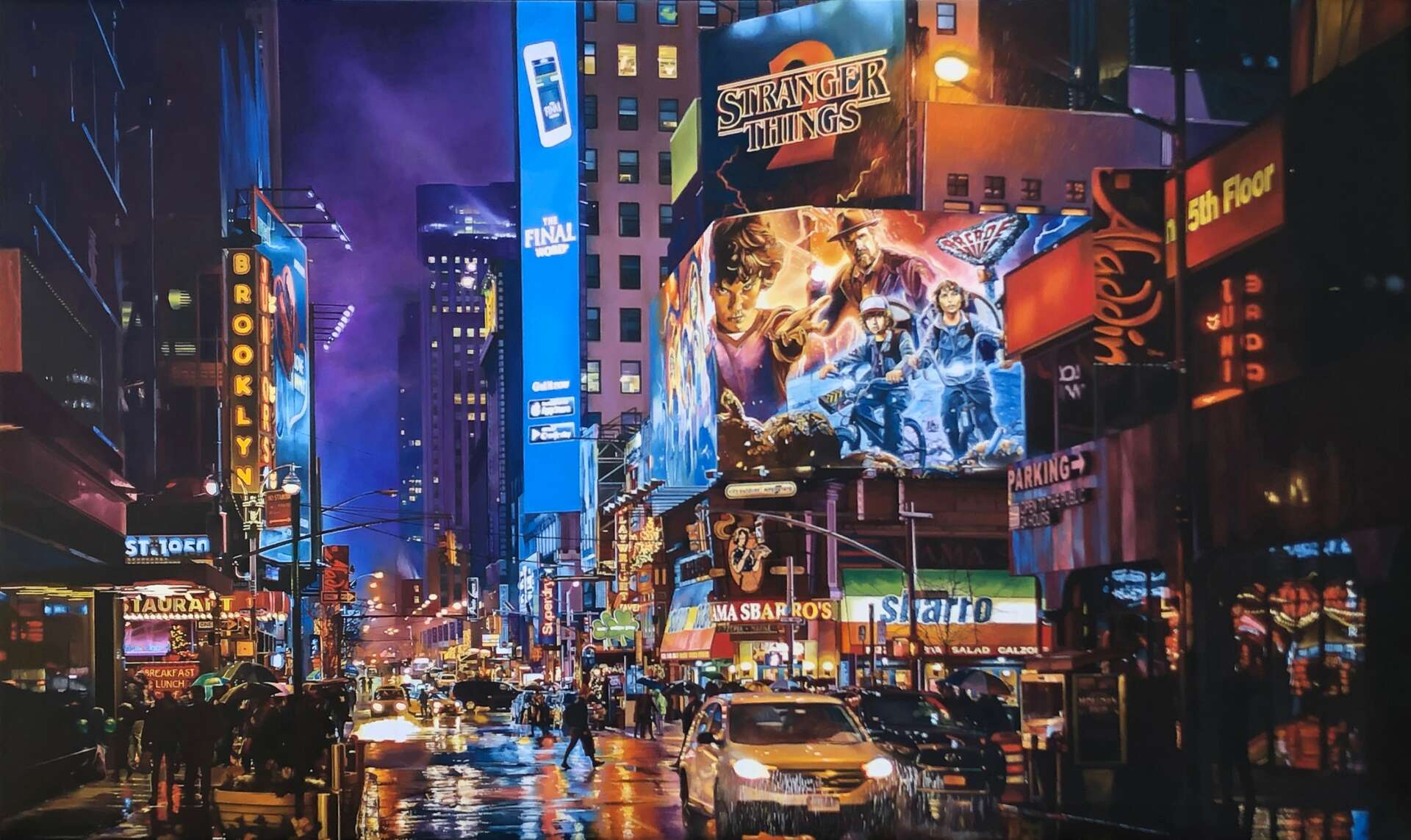
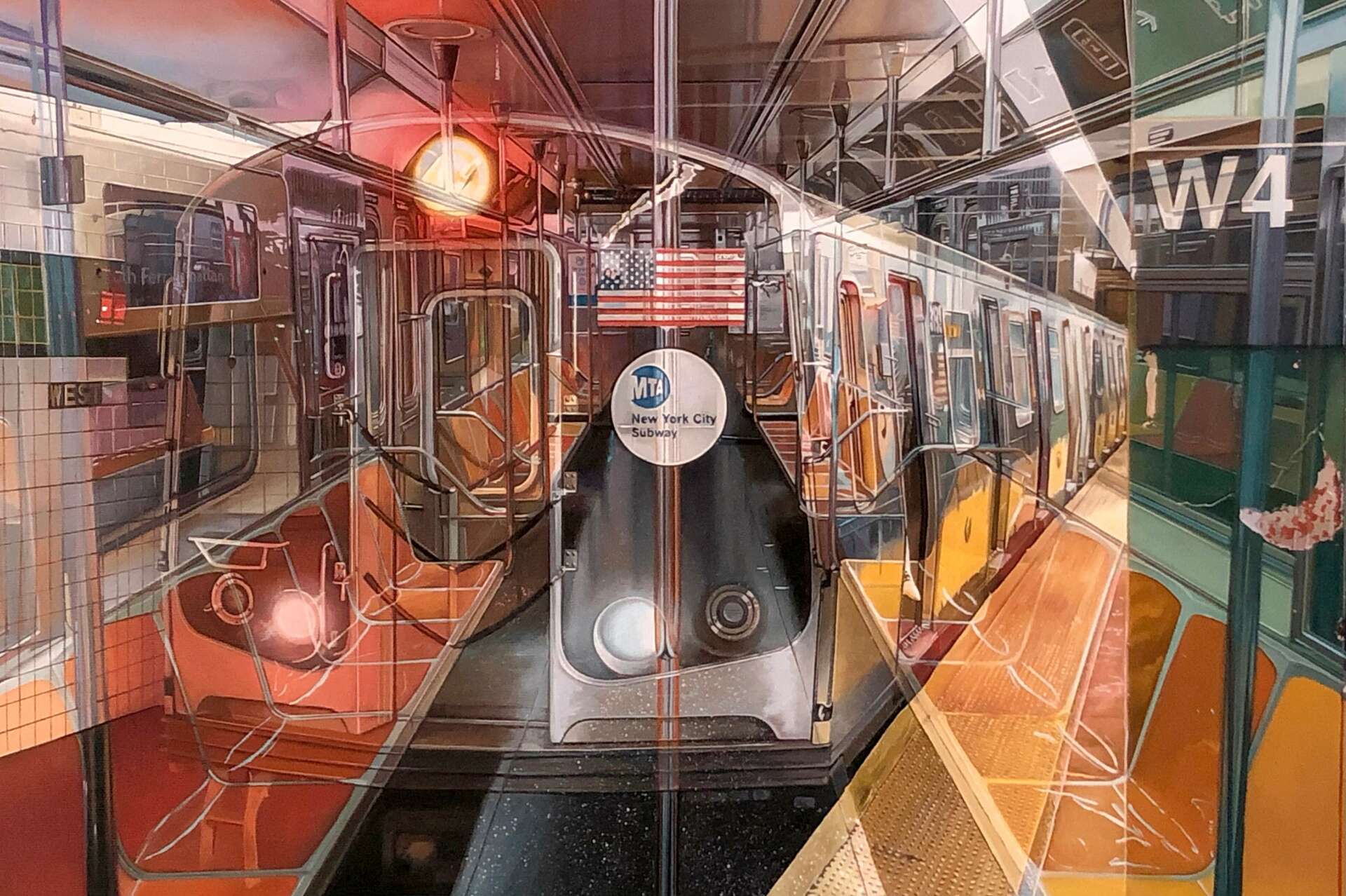
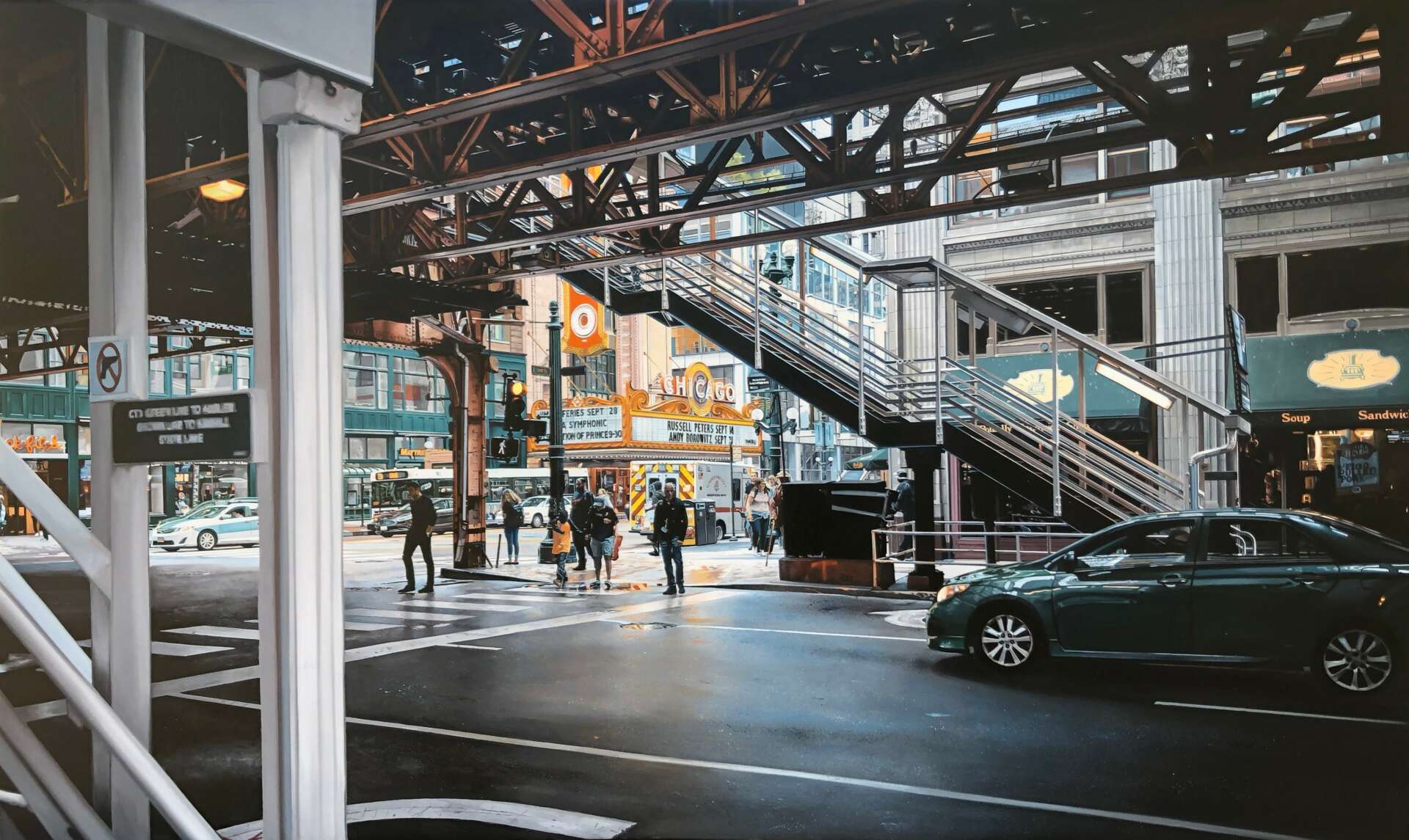
Any insights you can share with us about how you built up your social media presence?
I don’t have a huge audience on social media. I currently have just over 3000 followers on Instagram but I feel like I earned every one of them. For any creative who wants to showcase their work I would suggest opening an account that is just dedicated to their art, no pets, no vacation photos, just art. Post your artwork every day in the beginning. Follow other artists that you like, comment on their work, be engaging. Follow galleries you like, engage with them. If someone comments positively on your posts, thank them, engage with them! If you get negative comments, and you will, just delete them, block them and move on. Adjust as the platforms adjust. For example, Instagram is currently challenged by TikTok so they are promoting reels. I had no idea how to make a reel so I watched countless videos on YouTube to learn. Turns out I can make most reels just with my iPhone.
Once your audience really begins to build you may want to start advertising. I don’t recommend advertising with the platform itself and most of the people who contact you to “Promote you work here” are selling bots. Bots will destroy your account. If you paid for these its best to delete your account now and start over. I like to advertise with other artists who have a large following, usually over 100k. It is less expensive than most promotions and you know you are getting real people, who love art, as followers.
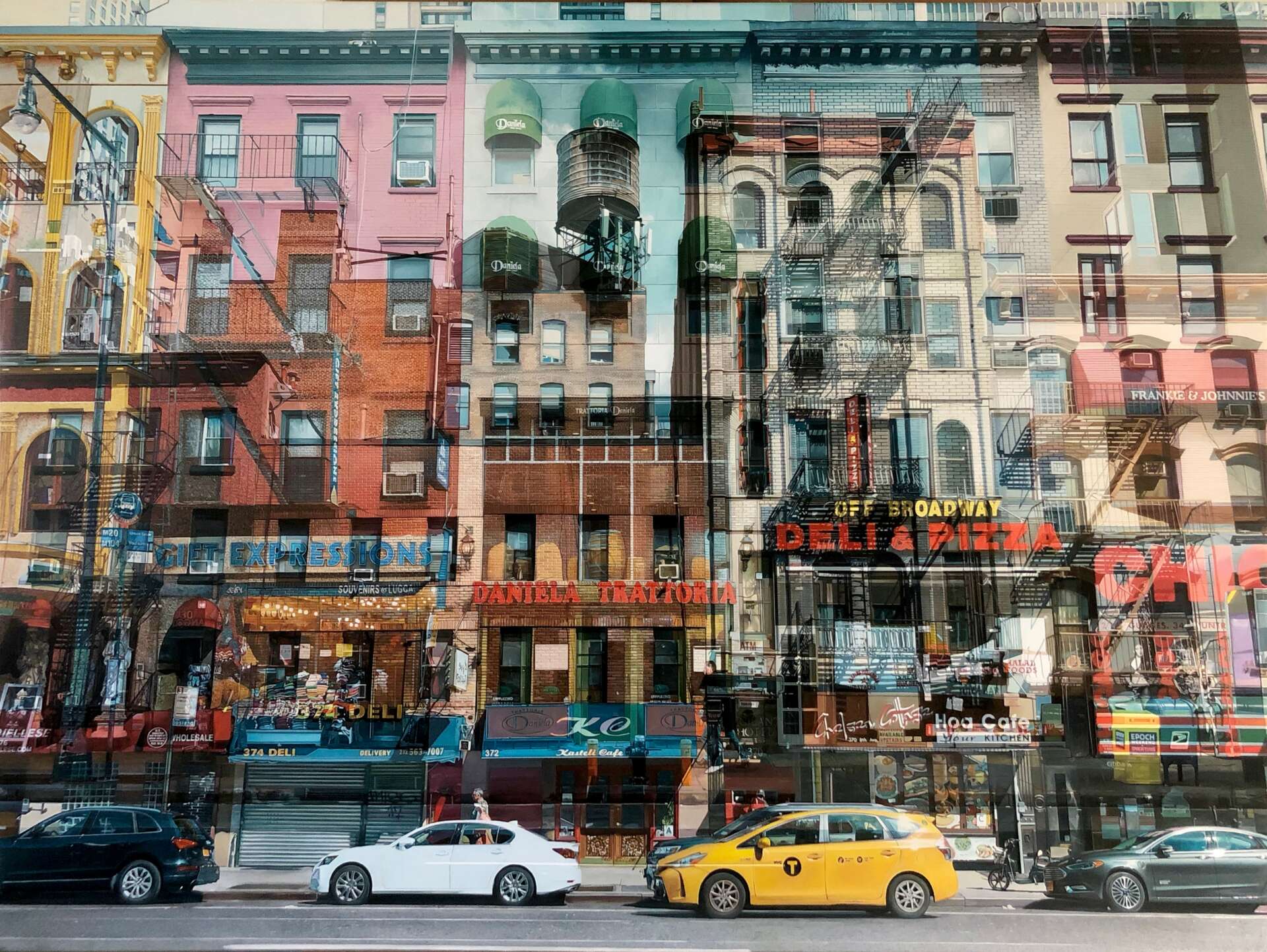

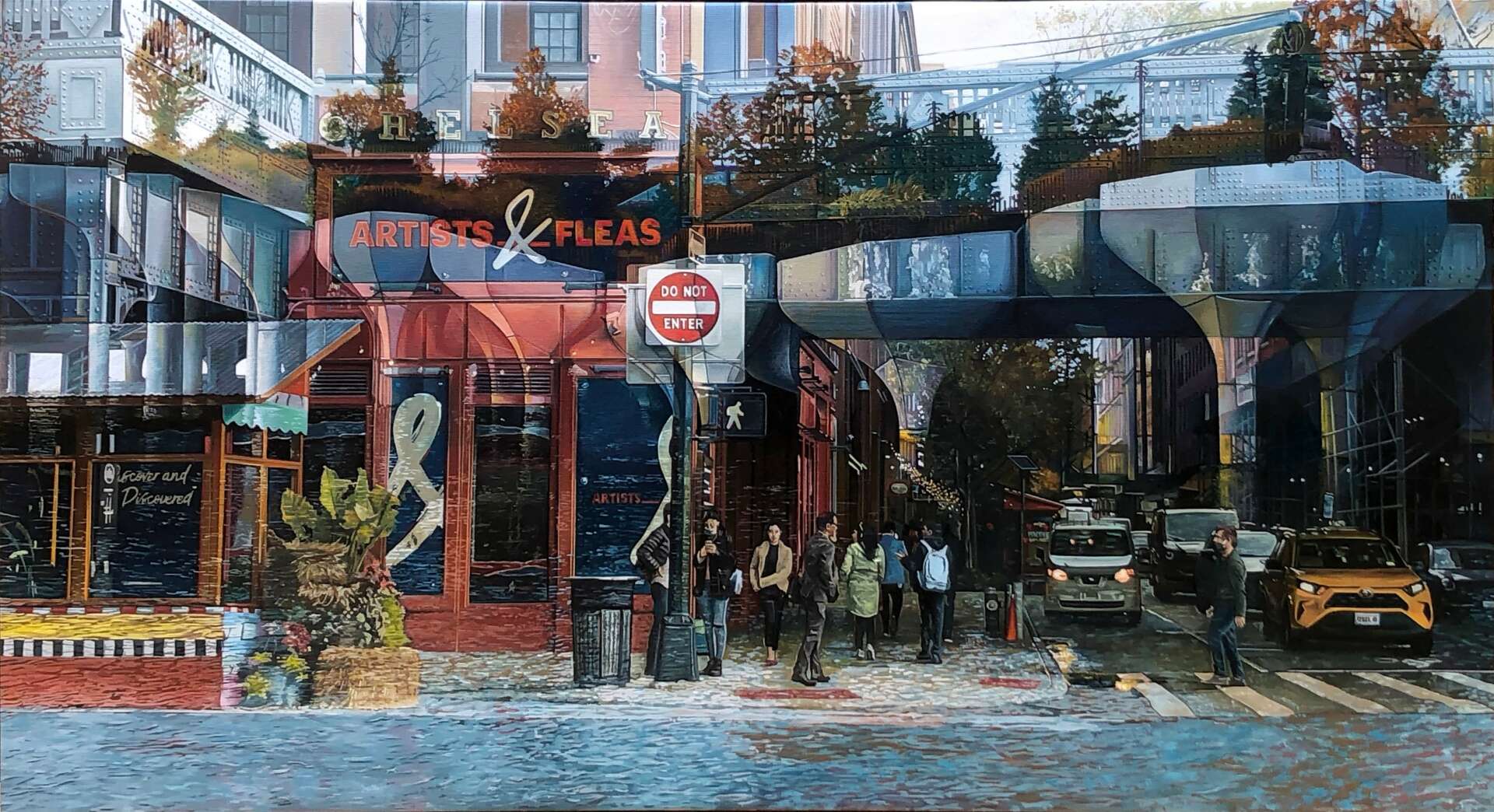



Are there any books, videos, essays or other resources that have significantly impacted your management and entrepreneurial thinking and philosophy?
As a painter, I am isolated by the work. I am alone in my studio 8-10 hours a day. To fill the silence this creates I listen to music, podcasts and most importantly books. Your local library has audiobooks you can check out on their website or through apps like Libby. Some good books I have just recently finished as audiobooks are: Real Artists Don’t Starve by Jeff Goins.
101 Essays That Will Change the Way You Think by Brianna West.
Thinking, Fast and Slow by Daniel Kahneman.
Art, Inc. by Lisa Congdon.
Write to Influence by Carla D. Bass.
Blink, Outliers and Tipping Point all my Malcolm Gladwell
How to Be an Artist by Jerry Saltz.
Contact Info:
- Website: http://www.cpstevens.com
- Instagram: @cpsteven
- Twitter: @cpsteven
- Youtube: https://www.youtube.com/user/cpsteven
- Other: TikTok – @cpsteven28 I have a course available on Domestika here: https://www.domestika.org/en/courses/3429-introduction-to-photorealism-for-oil-painting/cpsteven Your readers can use the code CPSTEVEN-REBEL and receive 10% off the cost of the course.
Image Credits
Image of me painting in the street – image courtesy of Domestika


